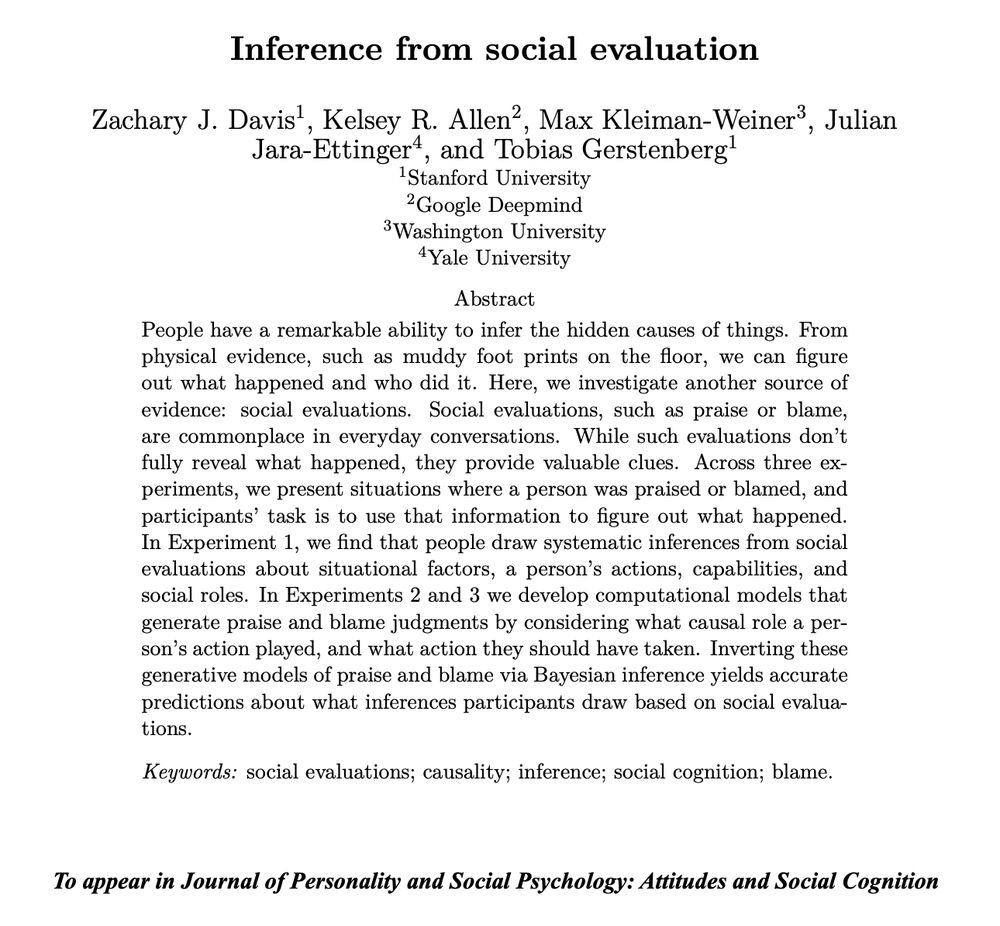
www.sciencedirect.com/science/arti...
✅We find that prebunking interventions improve people's ability to discern between reliable & unreliable news without causing undue skepticism!

@rakoenmaertens.bsky.social
@profsanderlinden.bsky.social
authors.elsevier.com/sd/article/S00…
🧵👇
@rakoenmaertens.bsky.social
@profsanderlinden.bsky.social
authors.elsevier.com/sd/article/S00…
🧵👇
1/

1/
www.nature.com/articles/s44...


We want models that match our values...but could this hurt their diversity of thought?
Preprint: arxiv.org/abs/2411.04427

We want models that match our values...but could this hurt their diversity of thought?
Preprint: arxiv.org/abs/2411.04427
Our new paper shows that their choice between a fact-based (evidence-driven) and a belief-based (sincerity-driven) honesty creates a "contagion" effect, influencing how users engage and respond. ⬇️(1/8)
Our new paper shows that their choice between a fact-based (evidence-driven) and a belief-based (sincerity-driven) honesty creates a "contagion" effect, influencing how users engage and respond. ⬇️(1/8)
You can find all the updated #rstats and #lme4 related materials here:
github.com/mattansb/Hierarchical-Linear-Models-foR-Psychologists

You can find all the updated #rstats and #lme4 related materials here:
github.com/mattansb/Hierarchical-Linear-Models-foR-Psychologists




In "Inference from social evaluation", we explore how people use social evaluations, such as judgments of blame or praise, to figure out what happened.
📜 osf.io/preprints/ps...
📎 github.com/cicl-stanfor...
1/6

In "Inference from social evaluation", we explore how people use social evaluations, such as judgments of blame or praise, to figure out what happened.
📜 osf.io/preprints/ps...
📎 github.com/cicl-stanfor...
1/6

